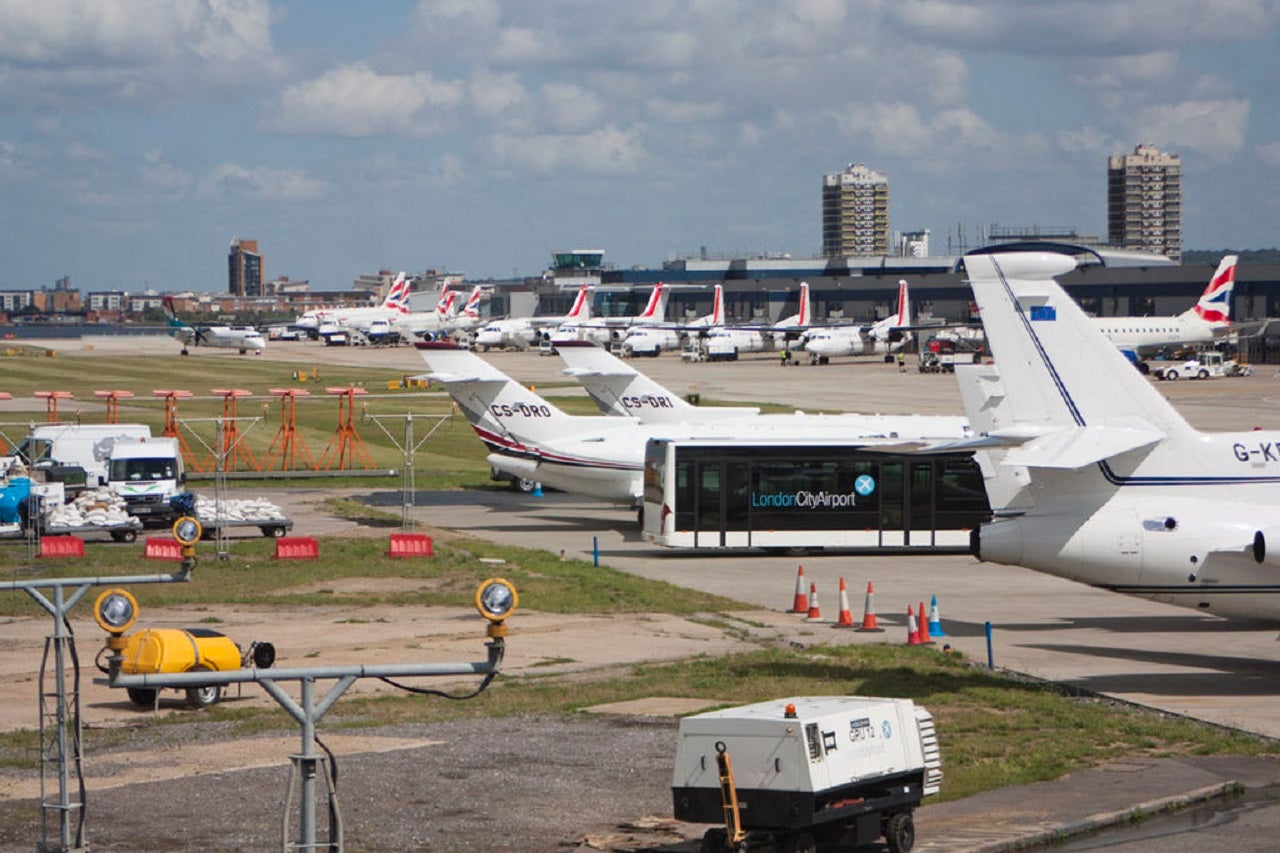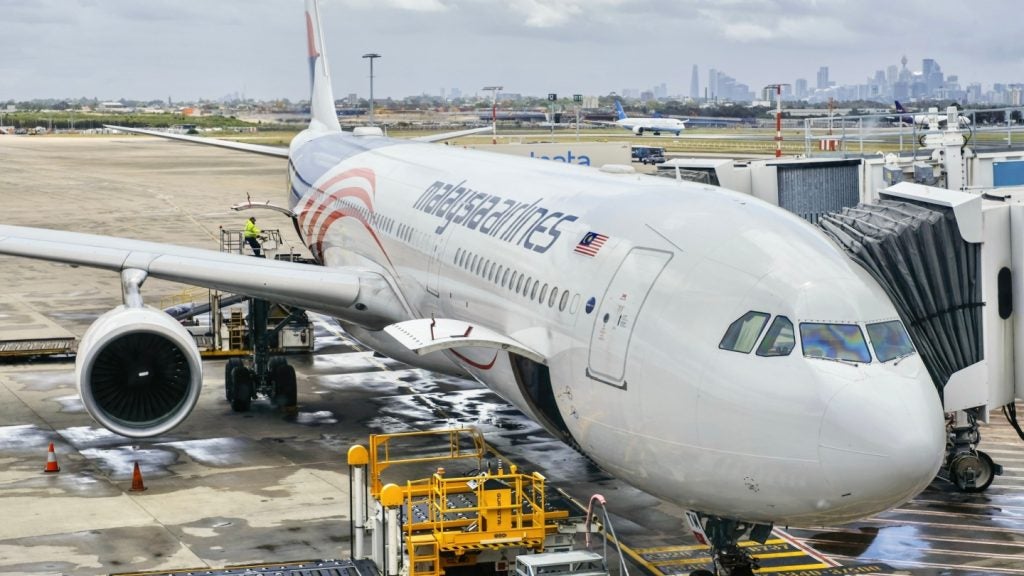
London City Airport in the UK has issued its new masterplan, detailing how the airport can develop in a sustainable and responsible way under its long-term vision.
The masterplan follows a 16-week discussion carried out mid-last year.
This plan was finalised after the consideration of all comments received from local residents, stakeholders and passengers during the consultation period.
Due to the Covid-19 pandemic, the masterplan, which was originally scheduled to be published in March, was postponed as focus shifted to provide support to passengers, staff and local communities.
The new masterplan, which is a non-statutory document, will replace the airport’s previous 2006 master plan.
The new plan outlined how London City Airport can provide capacity for up to 11 million passengers and 151,000 aircraft movements per year by using the existing runway to the optimum in line with government policy.
How well do you really know your competitors?
Access the most comprehensive Company Profiles on the market, powered by GlobalData. Save hours of research. Gain competitive edge.

Thank you!
Your download email will arrive shortly
Not ready to buy yet? Download a free sample
We are confident about the unique quality of our Company Profiles. However, we want you to make the most beneficial decision for your business, so we offer a free sample that you can download by submitting the below form
By GlobalDataIt aims to assist in London’s recovery from the pandemic by supporting 5,300 local jobs and providing improved connectivity to more domestic and European destinations.
To decrease its overall carbon emissions and become net-zero by 2050, the airport intends to work in collaboration with the key industry, governmental and community associates.
After the consultation feedback, the airport has also proposed to continue its current eight-hour night time flight curfew, with no immediate plans to extend its operating hours either during the week or at weekends.
London City Airport CEO Robert Sinclair said: “This plan, which has been shaped by local feedback, aspiration and emerging policy, sets out how the airport will recover and return to growth in the years to come. In the short term, it is clear that our focus has to be on recovering from the devastating impacts of Covid-19, supporting our communities and welcoming back passengers and airlines to London’s most central airport.
“While the shock of the pandemic has been significant, history shows us that aviation is an incredibly resilient industry as people’s desire to travel, whether for business or leisure, is never diminished for long. Aviation is also a key enabler of other industries such as trade, tourism, hospitality, retail and conferences, protecting and generating jobs and economic prosperity. As the country plans its recovery, I am convinced that aviation will play a key role as the UK builds back better.”





